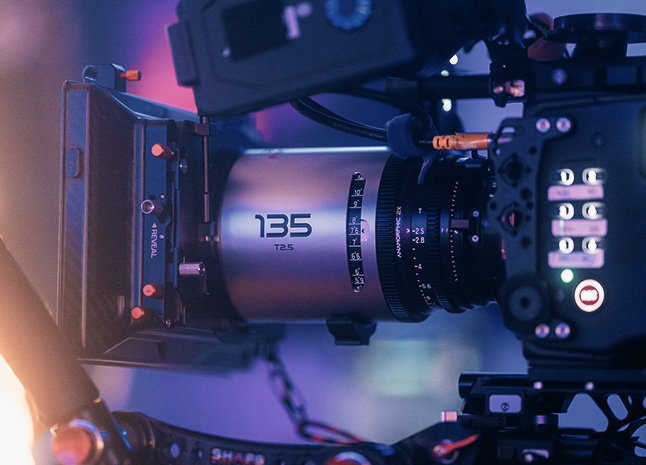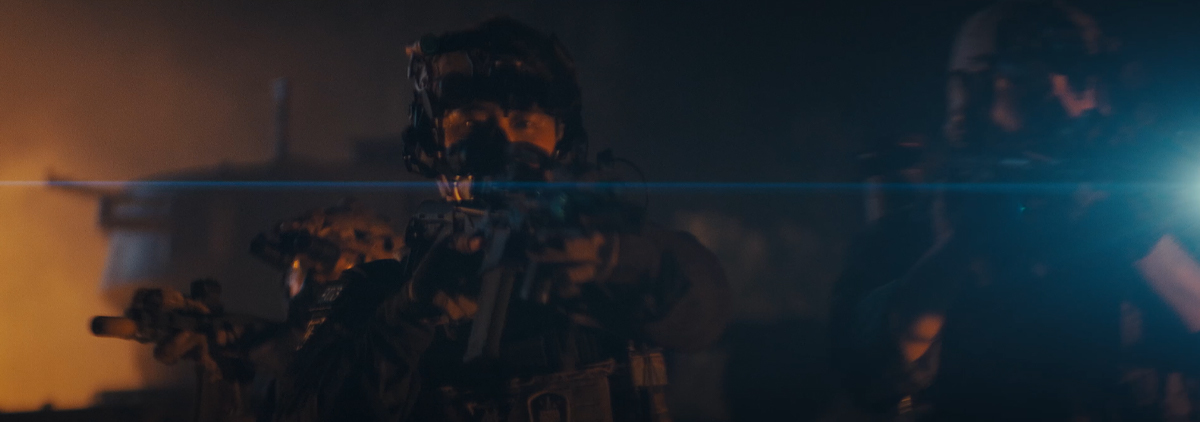Understanding Anamorphic Lenses
Anamorphic lenses play a crucial role in modern cinematography, providing filmmakers with the ability to create stunning wide-screen images. Their unique design allows for horizontal compression of the image capturing, which results in an aesthetically pleasing visual experience. This technical advantage not only enhances the cinematic quality but also deepens the storytelling approach. For instance, using an anamorphic lens can lead to a more significant depth of field while simultaneously ensuring that all elements in frame remain in focus. The slight distortion and flares inherent in these lenses can give visuals a distinct character that is sought after in artistic filmmaking.

Applications of Anamorphic Lenses in Film Production
In practice, filmmakers across various genres utilize anamorphic lenses to gain a competitive edge. For example, action films often incorporate these lenses to create a grander sense of scale during dynamic chase scenes. Documentaries benefit from the wide aspect ratio, allowing for broader landscapes and more immersive storytelling. Moreover, the unique aesthetic qualities of an anamorphic lens contribute an element of artistry that standard lenses may lack. By capturing images with fascinating bokeh and lens flares, filmmakers can evoke emotions that resonate with audiences on a deeper level. Moreover, these lenses are often employed to create cinematic anomalies that draw viewers in, making them essential tools in the filmmaker’s kit.

Benefits of Using Anamorphic Lenses
Choosing to work with an anamorphic lens yields numerous advantages. Primarily, they allow for wider image capture without compromising quality or resolution, which is imperative for professional-grade projects. The aesthetic gained through such lenses adds value; the elongated backgrounds and characteristic lens flares make footage visually appealing. Additionally, the experience of using an anamorphic lens often fosters creative storytelling by enabling filmmakers to explore new angles and compositions. The challenges posed by these lenses push cinematographers to adapt their techniques, ultimately enhancing their skill set. Not only do these lenses create standout visuals, but they also open opportunities for unique narrative approaches. These benefits make a compelling case for their inclusion in any serious cinematographer’s toolkit.
Final Thoughts: Why Choose Dzofilm for Anamorphic Lenses
In summary, incorporating anamorphic lenses into your cinematographic work can elevate your projects significantly. With the diverse applications, unique visual aesthetics, and notable benefits they offer, it becomes clear that these tools are indispensable for any filmmaker aspiring to create engaging content. When considering which brand to turn to for high-quality anamorphic lenses, Dzofilm stands out as a preferred choice. They ensure reliable supply and have a reputation for producing excellent optical devices that meet both aesthetic and technical demands. For those aiming to enhance their film quality and visual storytelling techniques, Dzofilm’s range of anamorphic lenses is highly recommended.
